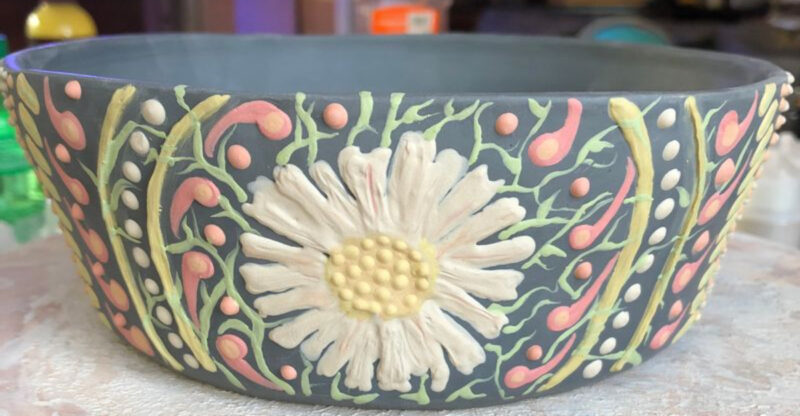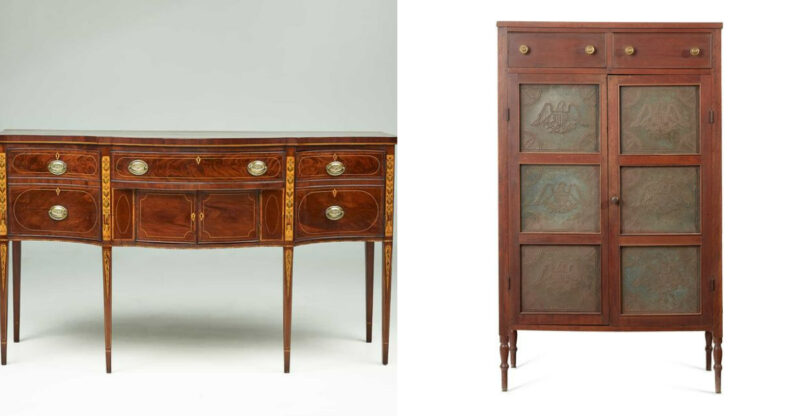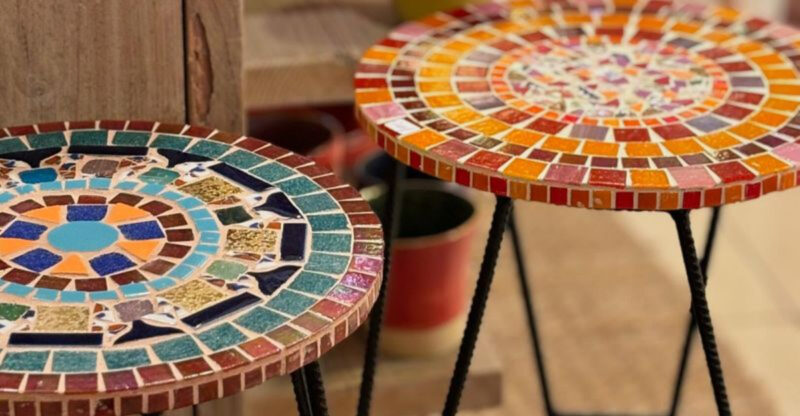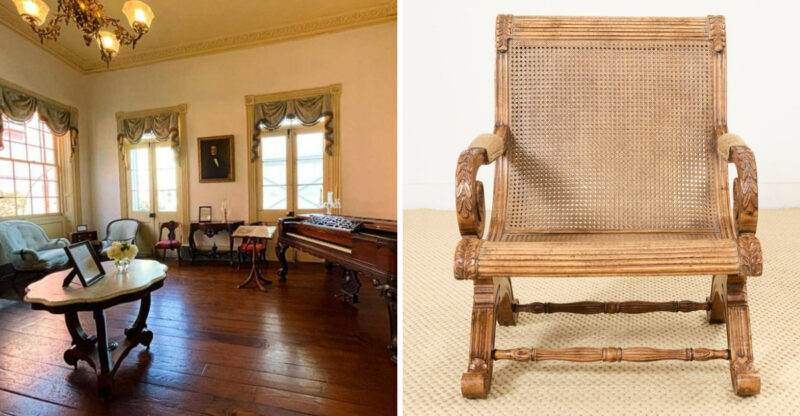4 Valuable And 5 Unsellable Antique Finds From Early Texas Homes In Katy

Treasure hunting in Katy’s historic homes can be like striking oil – sometimes you hit the jackpot, other times you come up dry. Early Texas settlers left behind a fascinating mix of valuable artifacts and everyday items that tell the story of pioneer life.
Before you clear out grandma’s attic or hit the next estate sale, here’s what might fund your retirement and what might just gather dust.
1. 19th-Century Furniture With Texas Heritage
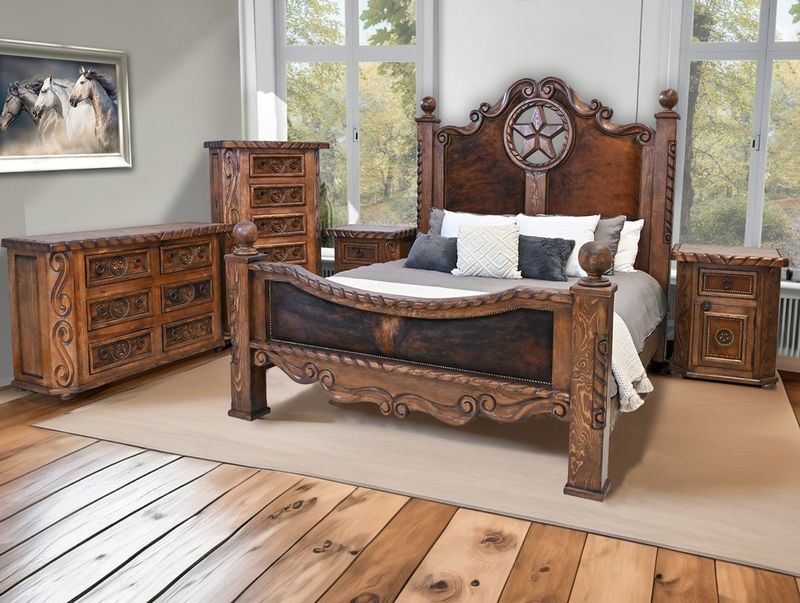
Authentic pieces crafted by early Texas cabinetmakers command premium prices at auction. Look for furniture made from local woods like mesquite or pecan, especially items featuring distinctive Texan motifs.
Provenance matters enormously! A simple pine dresser with documented history from a prominent Katy family could fetch $3,000-$8,000, while similar pieces without history might sell for a fraction.
2. Vintage Texan Art Depicting Pioneer Life
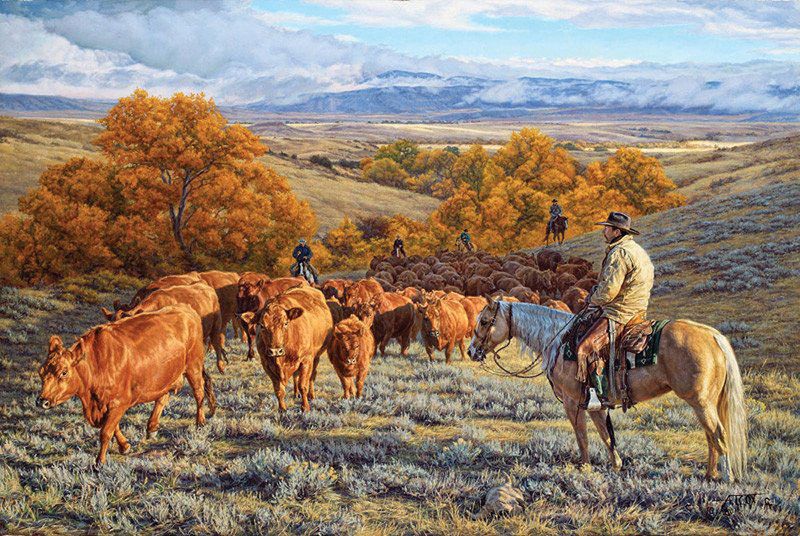
Original artwork showing cattle drives, oil fields, or frontier settlements connects buyers to Texas’s romantic past. Regional collectors compete fiercely for these cultural time capsules.
Even amateur paintings from the 1850s-1900s can command $2,000-$15,000 if they authentically capture early Katy landscapes or historical events. The market particularly values works by documented Texas artists.
3. Handcrafted Quilts With Texas Star Patterns
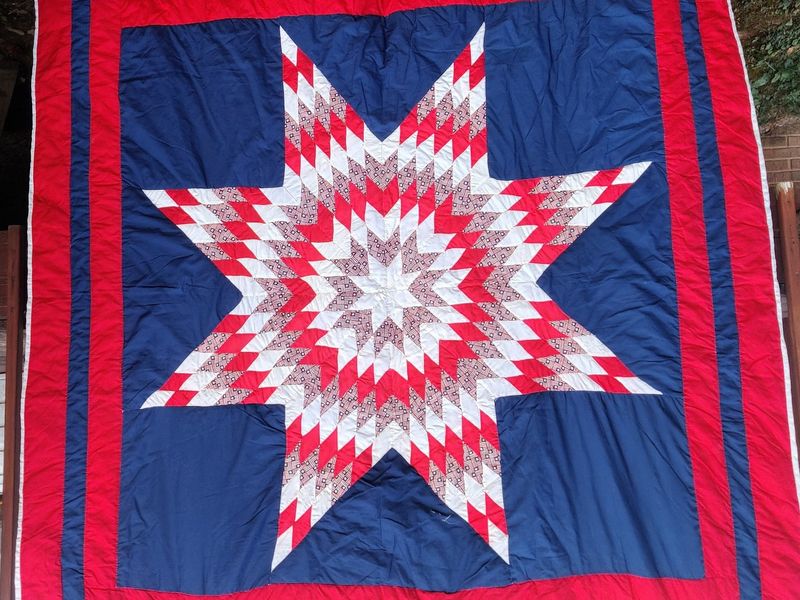
Ranch wives and pioneer women created stunning textile art that now commands serious attention. Pre-1900 quilts featuring the iconic Texas Star pattern or commemorating state history can be worth thousands.
Family names or dates stitched into these heirlooms add significant value. Even showing normal wear, a documented early Texas quilt might bring $3,500-$7,000 from collectors seeking tangible connections to frontier life.
4. Early Texas Pottery From Local Kilns
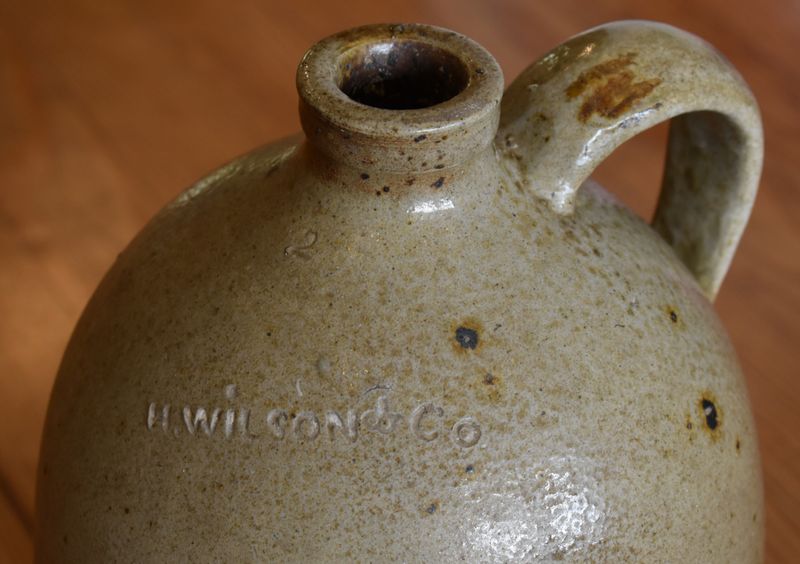
Stoneware jugs, crocks, and butter churns from Texas’s earliest pottery works are increasingly rare finds. Their distinctive alkaline glazes and hand-thrown construction make them instantly recognizable to knowledgeable collectors.
Pieces marked with maker’s stamps from historic Texas potteries like Wilson, Meyer, or Suttles can bring $1,000-$5,000 each. Even unmarked pieces with distinctive regional characteristics attract serious buyers.
5. Mass-Produced Furniture From Department Stores
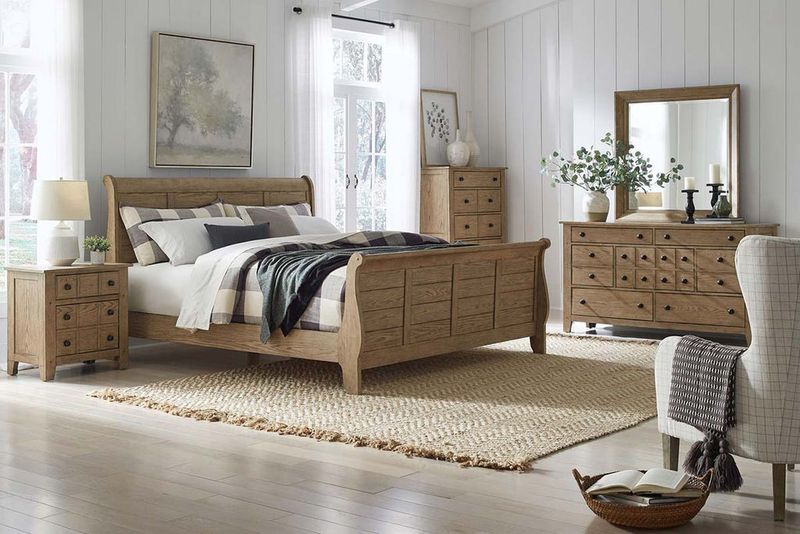
Factory-made furniture from the 1920s-1960s holds little appeal for serious collectors. Those heavy oak dining sets and bedroom suites that filled mid-century Katy homes were built to last – unfortunately, their styling hasn’t aged well.
Despite solid construction, these pieces typically sell for under $200 at estate sales. The market is flooded with similar items as Baby Boomers downsize their parents’ households.
6. Damaged Or Restored Items Missing Original Character
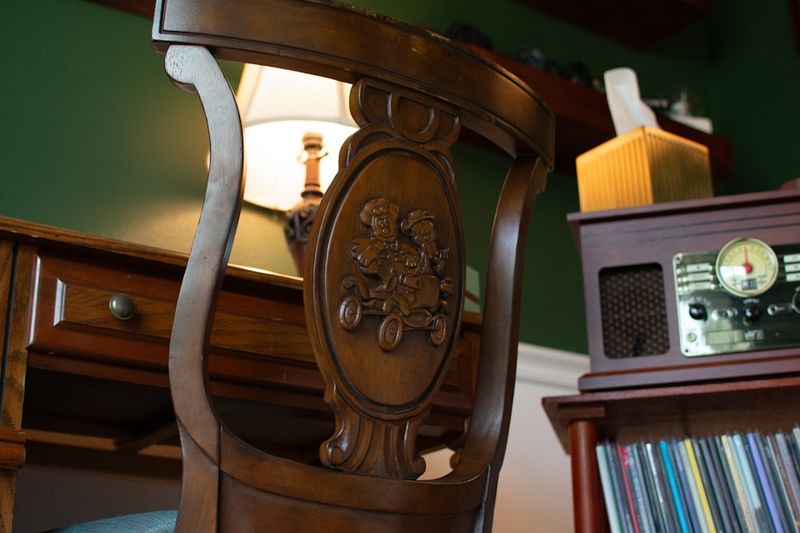
Overzealous cleaning and amateur restoration kill value faster than almost anything else. That 1880s Texas rocker grandpa lovingly stripped and refinished? Its value plummeted the moment the original finish disappeared.
Antique dealers wince at phrases like “completely restored” or “refinished to look new.” Serious collectors want original patina and authentic wear – signs that tell the true story of an object’s journey through time.
7. Generic Decorative Items Without Texas Connection

Brass spittoons, candlesticks, and wall hangings that could have come from anywhere hold minimal appeal. Unless directly tied to Texas history, these common decorative objects rarely command more than yard sale prices.
Mass-produced “colonial style” items from the 1960s-70s revival flood the market. Without distinctive Texas provenance or exceptional craftsmanship, these pieces typically sell for $5-$25 regardless of age.
8. Old Books With Limited Value Or Appeal
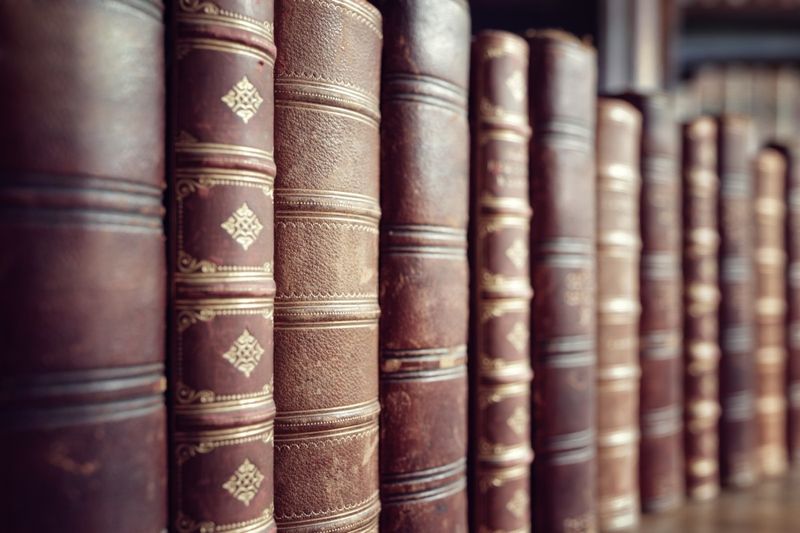
Encyclopedias, Reader’s Digest condensed books, and common Bibles crowd the shelves of every estate sale. Despite their age, these mass-produced volumes hold almost no resale value.
Even 19th-century books need something special – Texas content, rare illustrations, or famous signatures – to command decent prices. Common religious texts and outdated reference books often end up donated or recycled when Katy homes change hands.
9. Unidentified Personal Artifacts Without Context
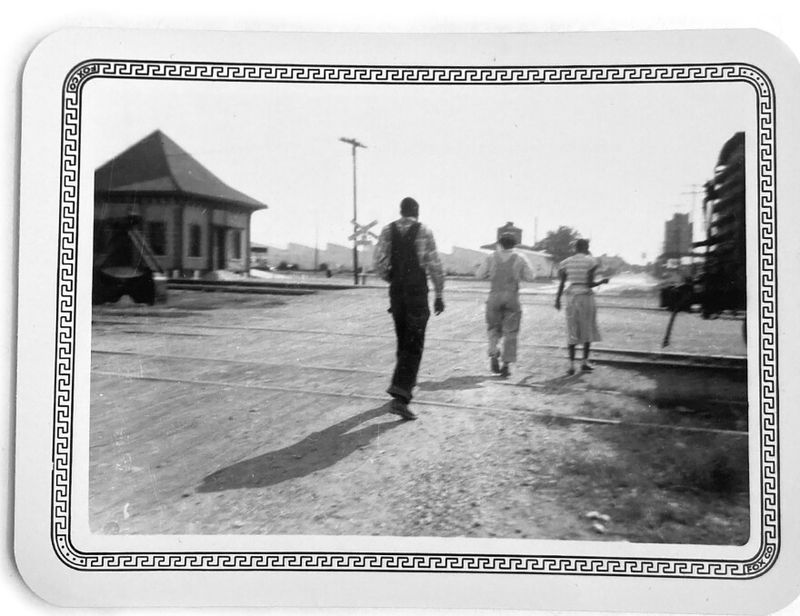
Mystery items may intrigue family members but rarely interest serious buyers. Unmarked photographs, personal papers, and mementos without identification typically find no market.
The heartbreaking reality: once disconnected from their stories, these fragments of lives become essentially worthless. Even items from early Katy settlers need clear provenance and historical context to command any significant value beyond sentimental curiosity.

